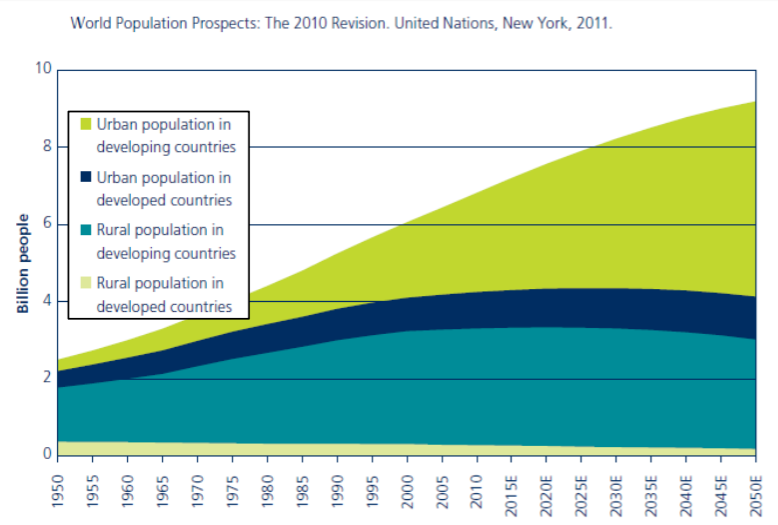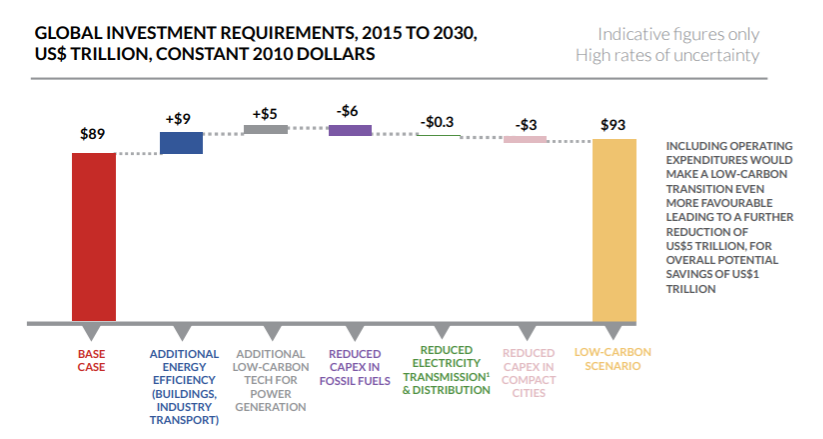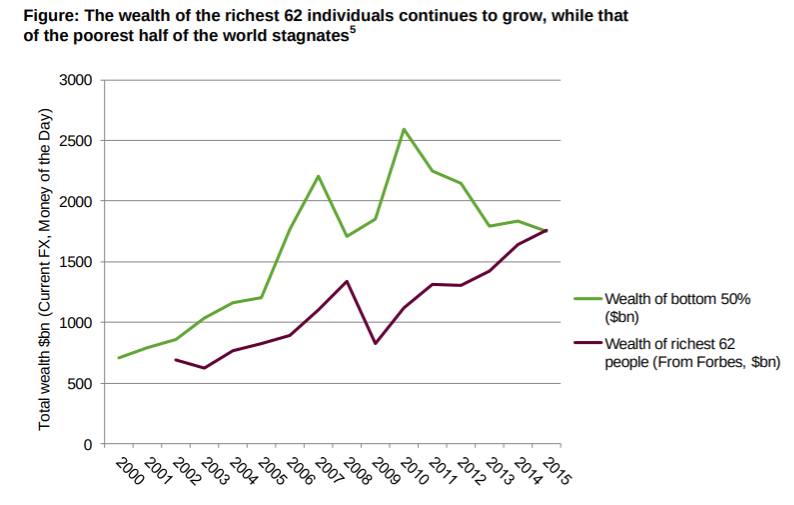We face some daunting challenges over the next few decades. Growing inequality in wealth threatens to undermine much of the social gains of the last century, while climate change literally threatens the sustainability of civilization. At the center of these two crises are cities, which play defining roles in the global economy and the broader evolution of society. It is my (perhaps optimistic) hope that through deeply intentional planning, cities can play a positive role in moving towards a more just and sustainable world. A much better future is possible, but to reach it, cities broadly need to change.




This belief in cities being a major leverage point led me to apply for the Master of City Planning program at MIT. Today, on the first day of classes, I’m writing a quick reflection on my current thinking about the big trends facing cities in the coming decades and my personal intentions for my time in the program. To help keep me focused over the course of the two year program and track the evolution of my thinking, I plan to blog at least once per month throughout the duration of the program. Hopefully it will be useful both in refining my writing skills and in preserving my experiences throughout the next two years.
With that, here are the statistics that provide much of my motivation to work on cities:
a) By 2050 the UN expects about 6.5 billion people to live in cities, or more than 66% of the human population. This is up from the current percentage of 54%. The vast majority of expected urban population growth will come from the developing world.
b) 75% of the infrastructure that will exist in 2050 has yet to be built, according to the Global Infrastructure Basel Foundation. This will require massive amounts of capital; the New Climate Economy project estimates that $90 trillion in new investments is needed to meet projected infrastructure demands by 2030 alone; most of this new infrastructure will be built within urban areas.
c) Global net-zero carbon emissions are needed by 2050 to have a shot at staying below 1.5 degrees C of warming (the goal world leaders set at COP21 in Paris). Achieving this goal will require a revolutionary shift in how we use and consume energy. And since cities are responsible for 70% of current CO2 emissions, achieving the Paris Agreement will require huge changes in how cities function.
d) 62 people currently own as much wealth as the poorest 50% of people (3.5 billion) on the planet. This stat is indicative of a hyper-concentration of wealth skews political priorities at all levels of government, from the international to the local. In terms of cities, this concentration of wealth shows up as multi-national corporations buying up huge amounts of urban real estate.
To me, these stats point to two big overarching question for the 21st century:
- When new infrastructure is built, will it be well-planned to equitably meet people’s real needs and help achieve climate stability?
- Who will own the new infrastructure and benefit from the massive amount of new wealth created from the construction?
Reflecting on my classes and the orientation experience thus far after my first day at MIT, it is interesting that we talked very little about these big picture ideas and the magnitude of rapid changes needed to reach a more just and sustainable world. It is also interesting that the major international accomplishments of the last year (particularly the Sustainable Development Goals and the Paris Agreement) have not yet been mentioned. Is this a disconnect between academia and the realm of politics? I’m looking forward to discussing these ideas in the coming months with my new classmates and professors.
Finally, I’ll make a quick note on my personal intentions for my time at MIT: I want to dive deep into Energy Democracy. Community-owned renewable energy seems to get at the sweet spot of the questions of clean energy infrastructure and social equity. During the next two years, I hope to explore this idea from the technical, social, financial, and political angles. And if all goes well, I’ll emerge with a set of new skills to help make Energy Democracy real.
Out of curiousity, why isn't methane (or other greenhouse gases) ever included in these net zero goals?
ReplyDeleteMethane actually is included in the climate neutrality net-zero GHG targets. It just isn't highlighted as much as carbon emissions.
ReplyDelete